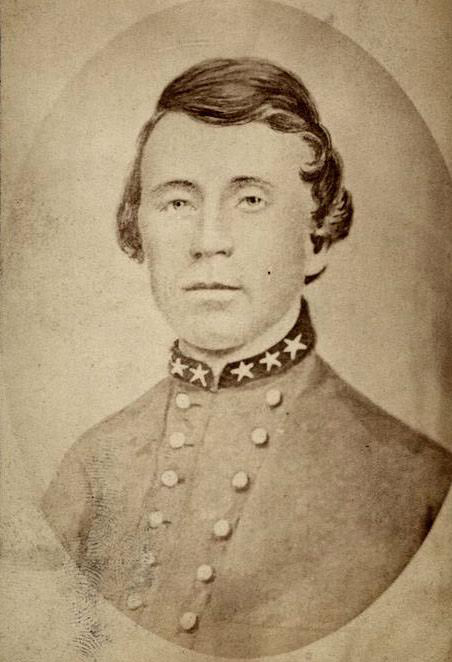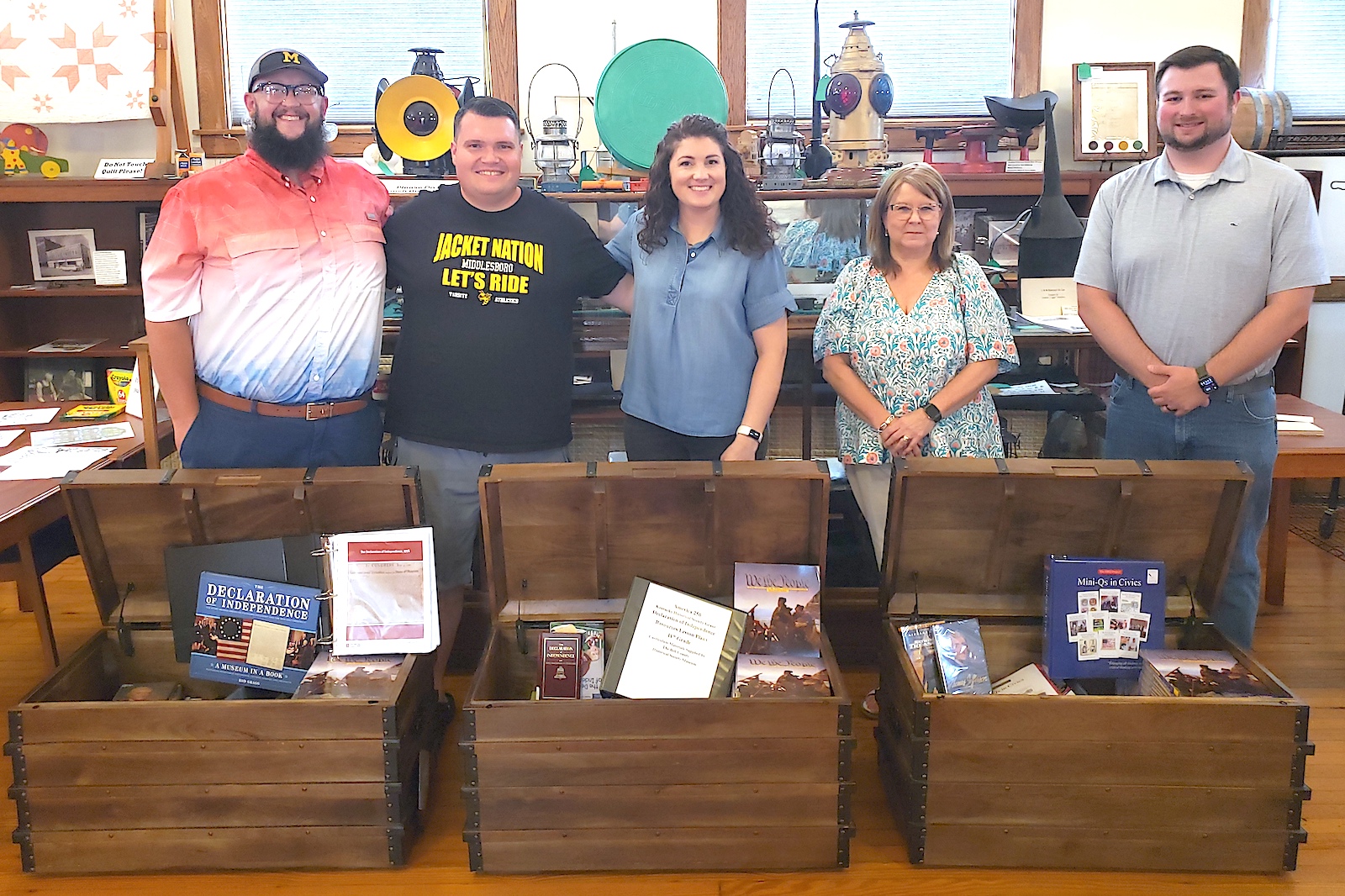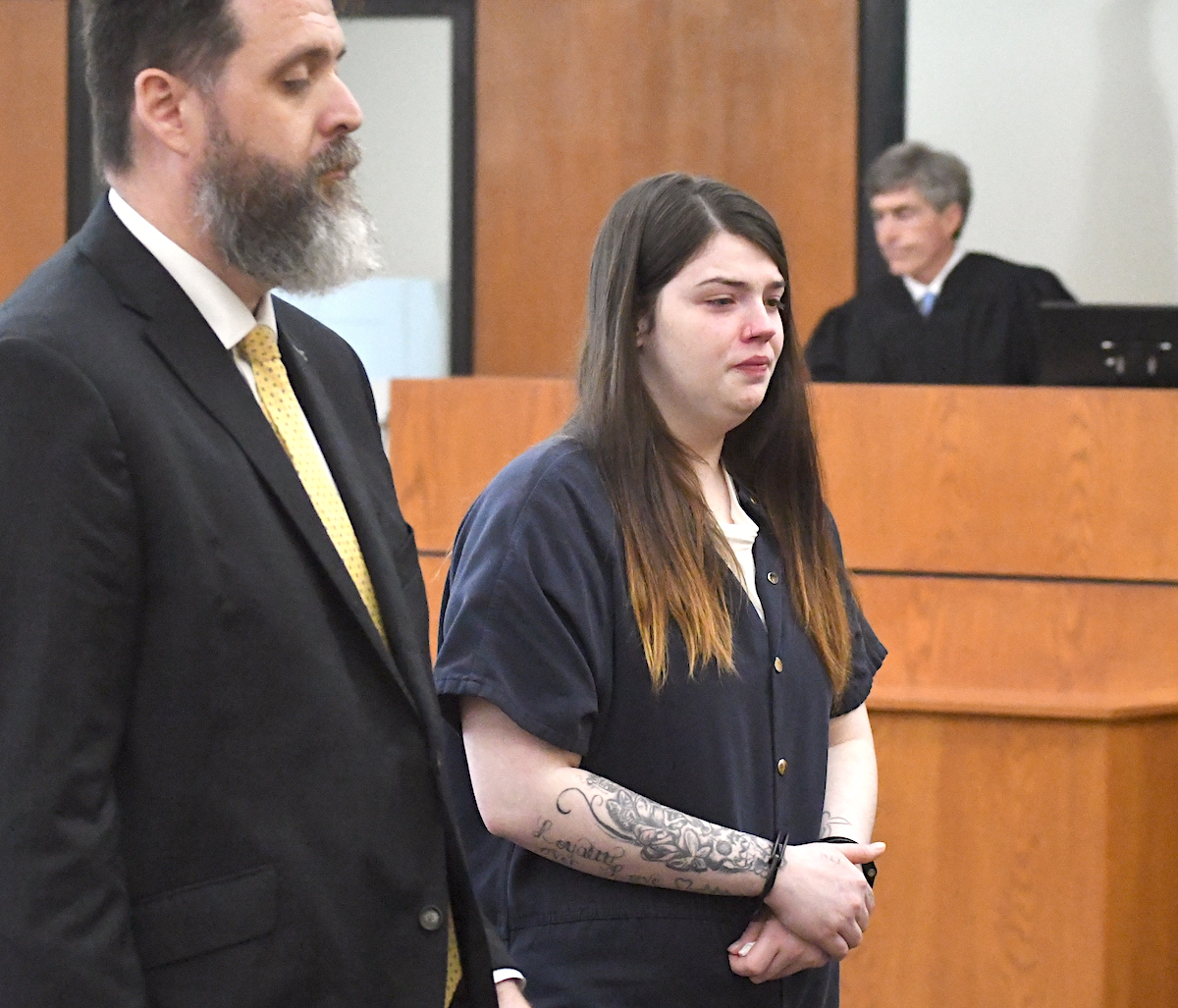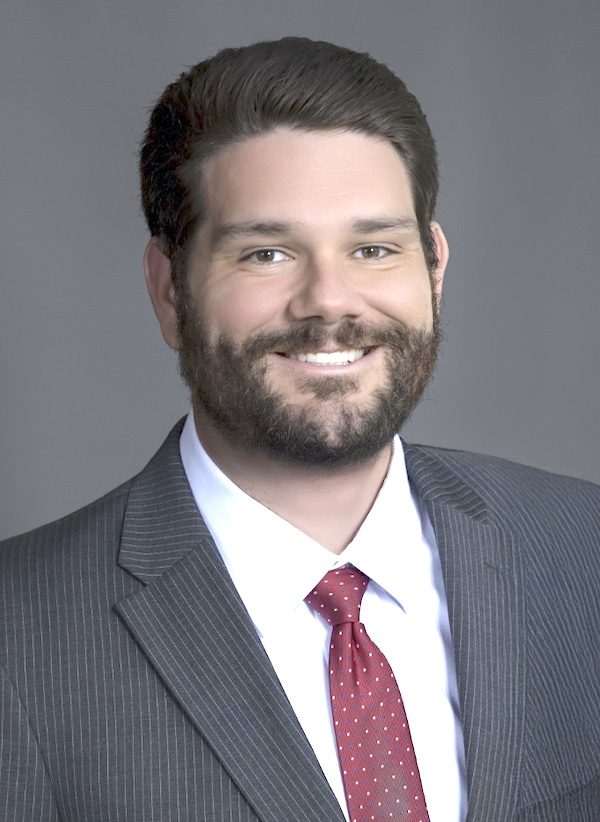A look back at local history: Part I – Guerilla fighter William Quantrill visits Kentucky
Published 8:47 am Tuesday, October 10, 2023

- William Quantrill
By Bryan Bush
Contributing writer
Born on July 31, 1837, William Quantrill was the oldest of 12 children. As a child, he was twisted and cruel and reports claimed he nailed snakes to trees, shot pigs through the ears to hear them squeal and tied cats together by their tails and watched them claw each other to death.
Trending
At the age of 16, Quantrill followed his father’s profession and became a teacher, but by 1857 he moved to Kansas to seek his fortune. While in Kansas, he linked up with thieves, murderers and brigands. By 1861, Quantrill committed several murders while fighting with the Confederate army at Wilson’s Creek and Lexington, Missouri. By December of 1861, Quantrill organized a small band of pro-Confederate guerillas to fight and kill Union Jayhawkers. Frank James, Cole Younger and later Jim Younger joined Quantrill’s band of guerillas.
On Aug. 19, 1863, Quantrill, James and the Youngers were involved in the raid on Lawrence, Kansas. By 1864, Union forces defeated most of the Confederate army in Missouri and Quantrill decided to leave the state before Union soldiers caught and executed him. Quantrill and his men captured Union uniforms and he adopted the rank of captain and pretended to be Capt. George Clark of the 4th Missouri Cavalry, who was on detached duty to hunt guerillas in Kentucky. His real mission was to take his guerillas to Washington, D.C., and assassinate President Abraham Lincoln, which he hoped would demoralize the federal army and help the Confederacy win the war.
On New Year’s Day 1865, Quantrill along with 40 guerillas including James and the Youngers, crossed the Mississippi River at Pacific, 15 miles above Memphis, and entered Kentucky. Quantrill rode to Upton’s Station, in Hart County, and near Marion County, he entered the Lebanon and Campbellsville turnpike at Rolling Fork and traveled to New Market, then to Bradford and toward Hustonville. Thirty federal soldiers were garrisoned at Hustonville with horses, which Quantrill wanted for his men. He entered town and he dismounted at a hotel in town and began a pleasant conversation with the commander of the post in Hustonville. The guerillas spread across the town looking for the federal horses. A federal private entered the hotel and informed the Union commander that men were taking the horses. Engaged, the commander snatched up a brace of revolvers as he left his headquarters and buckled them around him and hurried to the nearest livery stable. Just as he arrived, Allen Parmer, one of the Quantrill’s men, was riding out with one of the federal horses. The federal major laid his hands on the bridle and told Parmer to dismount. Parmer looked at the major and shouted: “Damn you and damn your instructions.” The major yelled: “Dismount.” Parmer yelled back: “Ah, it has come to this?” The two men drew their pistols. The right hand of the major had barely reached the flap of his revolver before Parmer’s pistol was against the major’s head. Parmer fired his pistol and the bullet had torn off half the top of the major’s head. A dozen muskets fired at Parmer. Quantrill rode to his rescue, followed by 20 guerillas. The federals surrendered. Quantrill secured the horses and rode off towards Danville.
On Jan. 29, 1865, Quantrill entered Danville, and a lady advanced cordially to him, extended her hand, and addressed him by his proper name. He did not recognize the woman, but he did not deny being Quantrill. Flattered that she had met a guerilla, she told Quantrill everything she knew about his arrival in Kentucky. The Hustonville murder enraged the Union regiment when they discovered their major murdered and were on the hunt for Quantrill for revenge. Kentucky authorities also learned of Quantrill’s murderous entrance into Kentucky and were on the hunt for the infamous guerilla.
Read the conclusion to this story next week.






